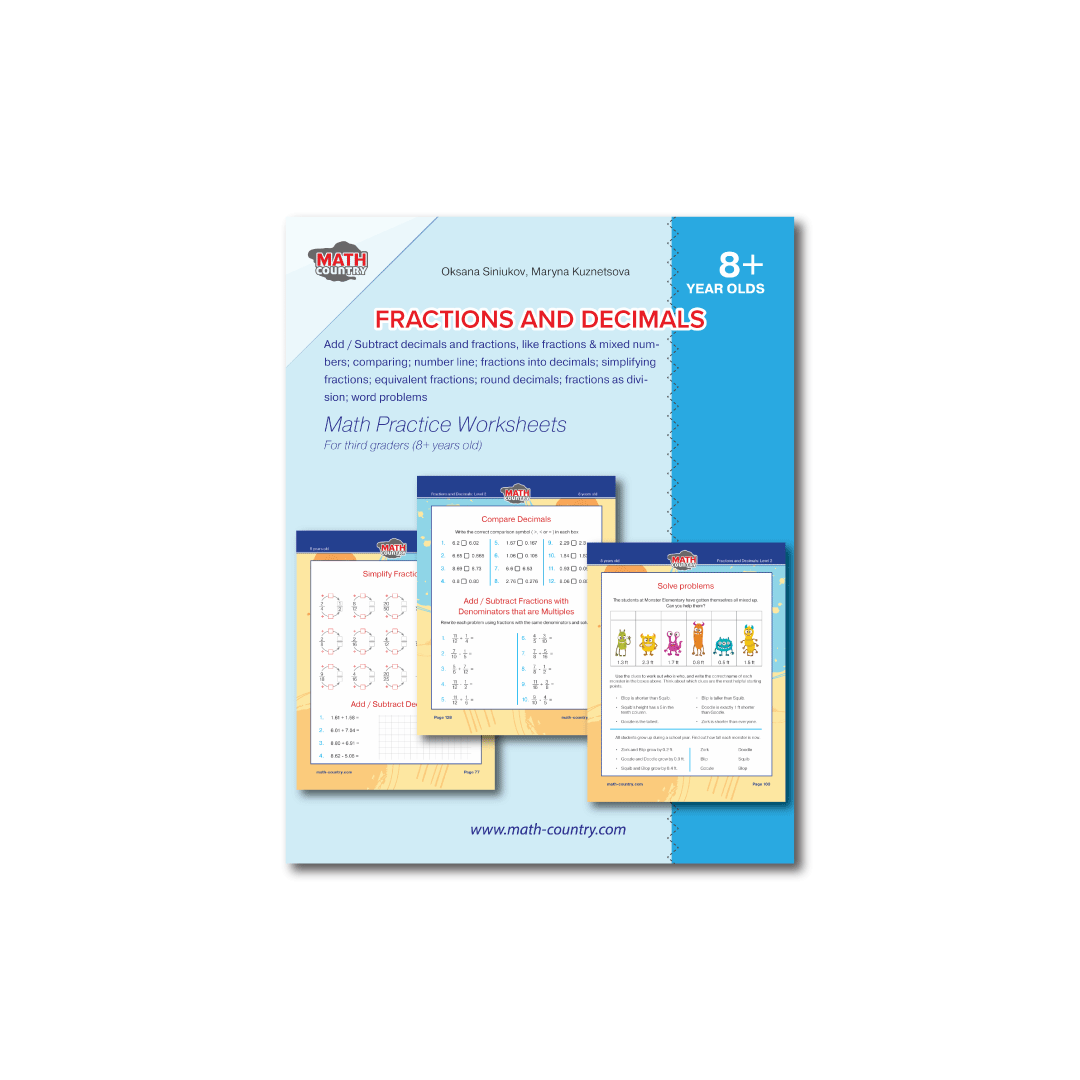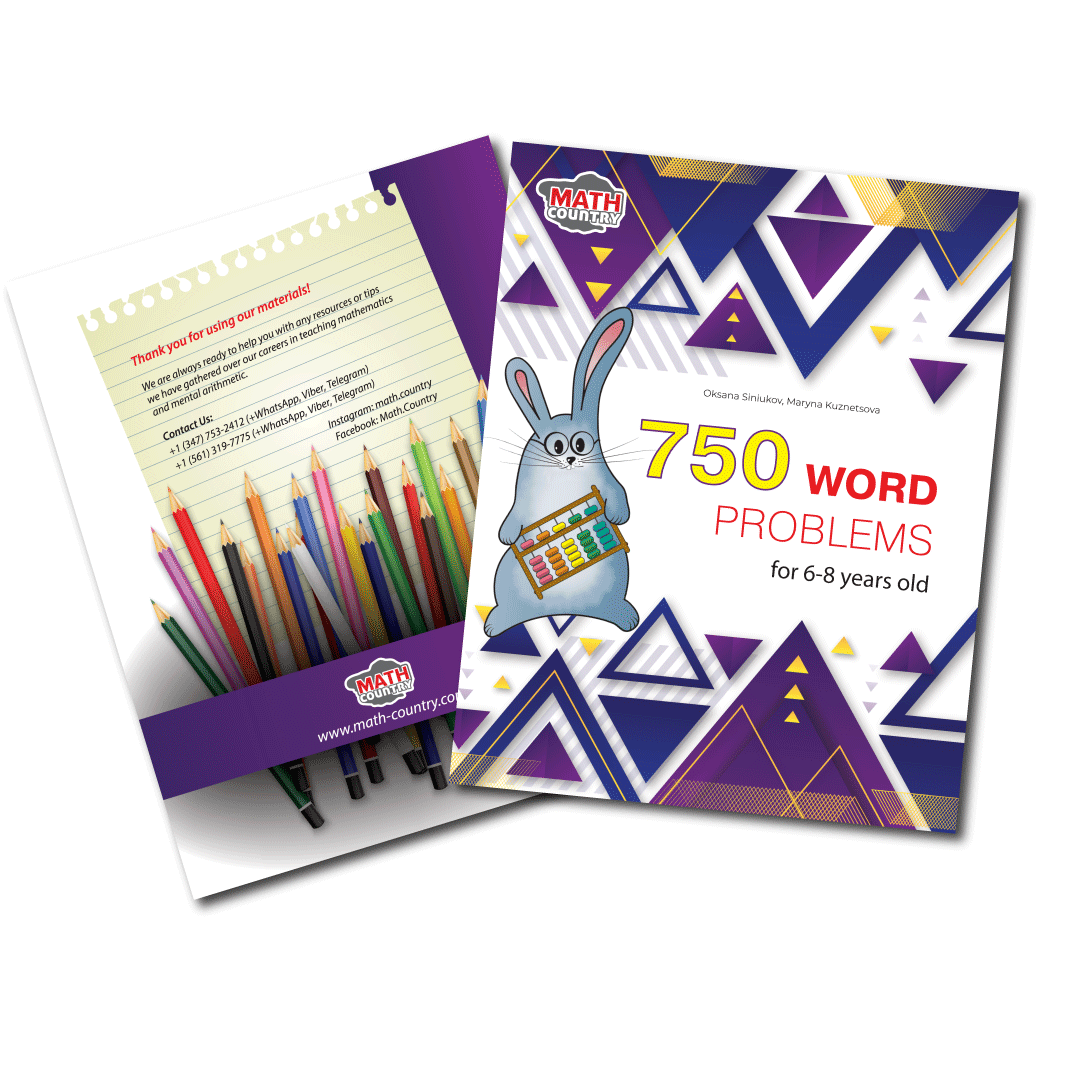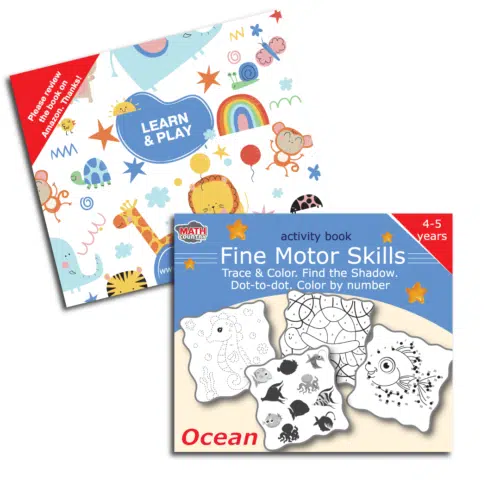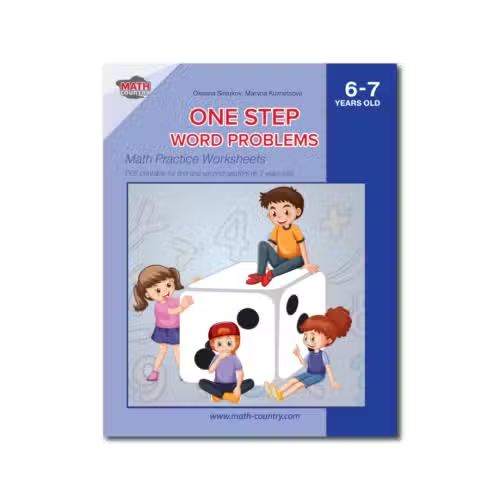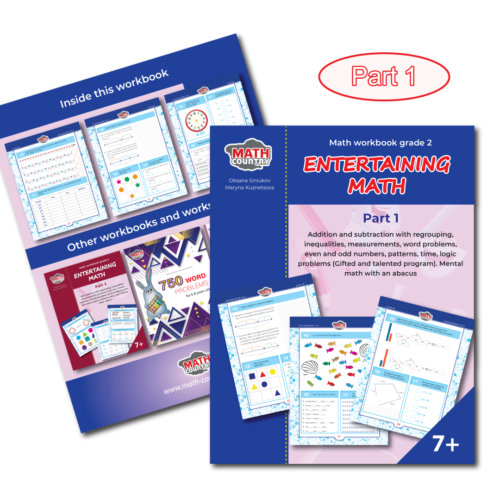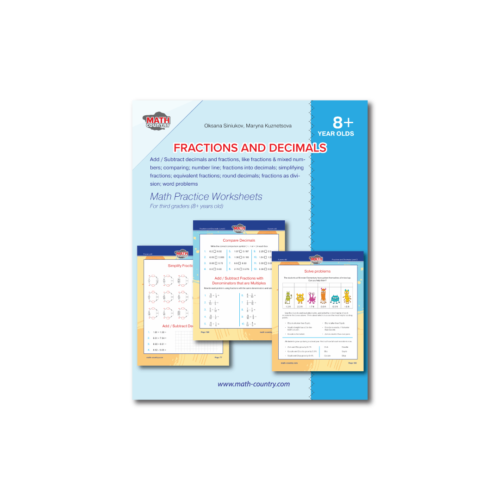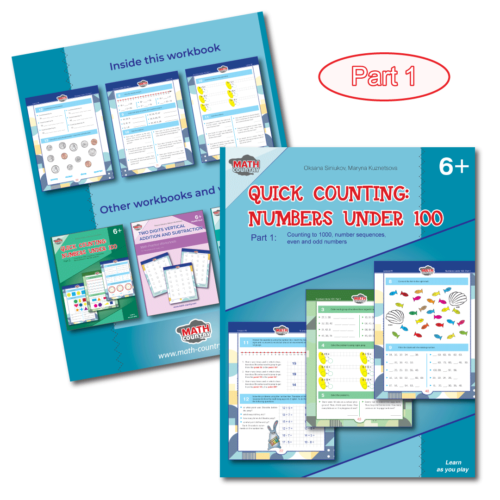Author
Aleksandr
Share
Author
Aleksandr
Share
Problems With Schools
Like everything, modern education has advantages and disadvantages. Today, we would like to focus your attention on one of the most critical issues in education: the standardization of every student. We would appreciate it if all the children had equal opportunities to learn and grow. Also, we can not deny that children have different physical and mental abilities, preferences, hobbies, and interests.
Orientation on an Average Student
The whole school system does not consider that all people, including children, have different speeds of perception and processing of information.
Each teacher orients on an abstract “average” student who is always healthy, performs tasks constantly, understands and remembers 60% of the teacher’s information, and does not ask unnecessary questions.
This is not the teacher’s fault. The issue is organizing classes with 25-30 children in a classroom, making it difficult to cater to each student’s needs.
You are lucky if your child is this average student. The material will arrive at the speed your child is capable of.
Half the students in a class perform at an average level. The rest are either outperforming or under-performing. What happens to children whose rate of perception is either lower or higher than average?
In the first case, children miss essential stages in understanding the material, which leads to a lag in the subject. In the second case, children miss lessons because of insufficient load, which leads to a loss of interest in this subject.
Are There Any Solutions?
Of course. To avoid this critical issue in education, we can do the following:
- The first is specialized classes, where children of about the same level are gathered.
- The second is a decrease in the number of students. Suppose the class contains not 30 but 10 students.
A caring and skilled teacher can adjust their teaching method to help students learn independently. This ensures that all students completely understand the material being taught. The teacher’s care and skill create a conducive learning environment, ensuring that every student has the opportunity to succeed in their learning journey.
Not all schools can arrange classes like this. Parents often seek extra activities for their kids’ development.
That is why many parents now consider homeschooling as a winning option. Children can learn at their own pace, leading to better understanding and independent thinking skills.
Unfortunately, not everyone can afford it, and not every family has the opportunity and required knowledge to homeschool children. But it does not mean there are no other options.
We have successfully resolved this issue and designed the best math programs for elementary students.
Our math programs are designed to be self-paced, allowing children to learn at their own speed and grasp concepts thoroughly. This promotes independent thinking and problem-solving skills essential for academic success.
With our easy-to-use workbooks and curriculum, parents can feel confident in providing their children with a high-quality math education at home. Our programs align with US educational standards, ensuring students receive a comprehensive and well-rounded math education. Whether you are homeschooling your child or looking for extra math practice, our elementary math programs are the perfect solution for families seeking a flexible and effective learning option.
Our Tests and Workbook Navigator makes it easy to decide which workbook is more suitable for the child’s needs.
Stay in the loop

